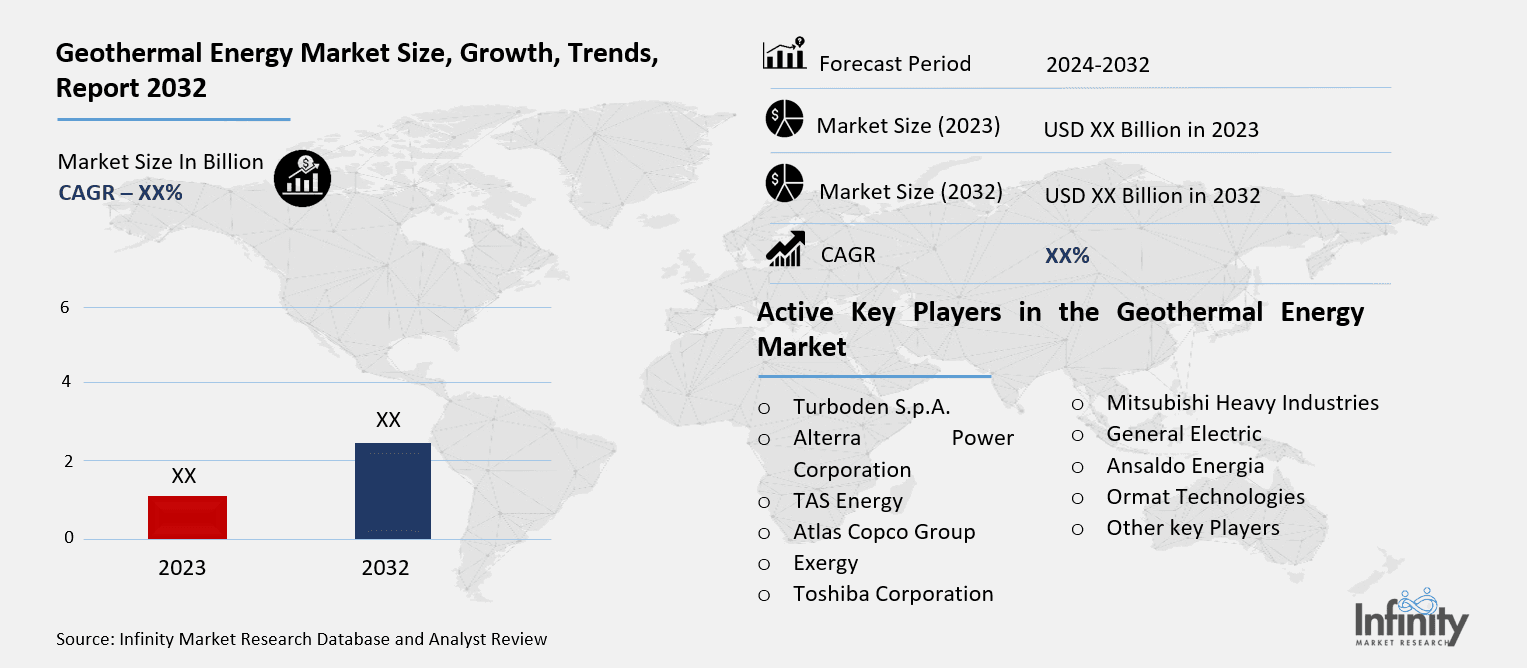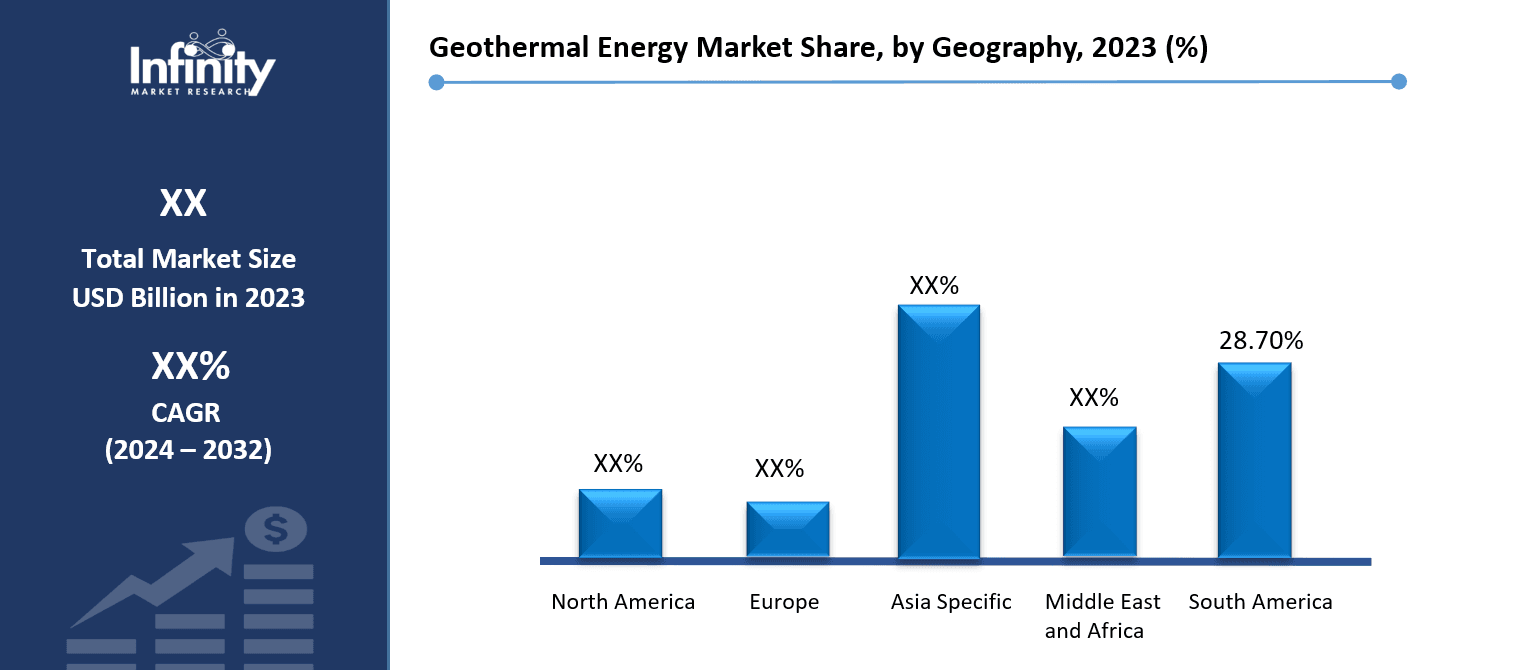
🔐 Secure Payment Guaranteed
Safe checkout with trusted global payment methods.
🌟 Why Choose Infinity Market Research?
At Infinity Market Research, we dont just deliver data — we deliver clarity, confidence, and competitive edge.
In a world driven by insights, we help businesses unlock the infinite potential of informed decisions.
Here why global brands, startups, and decision-makers choose us:
Industry-Centric Expertise
With deep domain knowledge across sectors — from healthcare and technology to manufacturing and consumer goods — our team delivers insights that matter.
Custom Research, Not Cookie-Cutter Reports
Every business is unique, and so are its challenges. Thats why we tailor our research to your specific goals, offering solutions that are actionable, relevant, and reliable.
Data You Can Trust
Our research methodology is rigorous, transparent, and validated at every step. We believe in delivering not just numbers, but numbers that drive real impact.
Client-Centric Approach
Your success is our priority. From first contact to final delivery, our team is responsive, collaborative, and committed to your goals — because you re more than a client; you re a partner.
Recent Reports
Global Myopia Control Lenses Market Report 2025-33
Hyaluronic Acid-based Dermal Fillers Market Report
Geothermal Energy Market
Geothermal Energy Market Global Industry Analysis and Forecast (2024-2032) By Technology (Flash Steam, Dry Steam, Binary Cycle Power Plants) By Power (Upto 5MW, Above 5 M) WBy Application (Residential, Commercial, Industrial) and Region
Mar 2025
Energy and Power
Pages: 138
ID: IMR1838
Geothermal Energy Market Synopsis
Geothermal Energy Market acquired the significant revenue of XX Billion in 2023 and expected to be worth around USD XX Billion by 2032 with the CAGR of XX% during the forecast period of 2024 to 2032.
The geothermal energy market refers to the industry focused on harnessing heat from the Earth's internal layers for power generation, heating, and cooling applications. Geothermal energy is considered a renewable, sustainable, and low-carbon source of energy, as it taps into the Earth's natural heat to produce electricity and provide heating solutions for residential, commercial, and industrial purposes. The market includes a wide range of activities, such as exploration, drilling, plant construction, and maintenance, with key technologies including geothermal power plants, ground-source heat pumps, and direct-use applications. As the demand for clean and sustainable energy continues to rise, the geothermal energy market is expected to grow, driven by advancements in technology, government policies promoting renewable energy, and the increasing need for environmentally friendly energy solutions.
As countries try to embrace renewable energy sources to fulfill sustainability objectives and fight climate change, the worldwide geothermal energy industry is seeing notable increase. Harnessed from the heat within the Earth, geothermal energy presents a consistent, reasonably priced, low-emission power generating substitute for conventional fossil fuels. Rising investments in renewable energy projects together with geothermal exploration and drilling technologies have hastened the growth of the market. Driven by increasing energy demand and favorable government policies, the market was valued at over USD XX billion in 2023 and is expected to rise at a compound annual growth rate (CAGR) of XX% from 2024 to 2034

Attributed to the presence of sophisticated infrastructure and acceptable legislative frameworks, regionally North America and Europe are leading the deployment of geothermal energy. Geothermal power facilities created by nations including the United States, Iceland, and Italy greatly help to balance their energy sources. Emerging Asian-Pacific countries like Indonesia and the Philippines are using their great geothermal potential to meet rising energy demand and lessen reliance on foreign fuels at the meantime. Supported by foreign money and growing public-private cooperation, the Asia-Pacific area is predicted to have the quickest development.
The market does, however, have difficulties including high upfront costs related to the building of geothermal plants and the possibility of failed drilling activities. Notwithstanding these challenges, continuous research and development initiatives are improving the efficiency of geothermal technologies like enhanced geothermal systems (EGS), which seek to release resources in regions with low geothermal gradients. Further increasing market prospects are the rising integration of geothermal energy with district heating systems and its possible application in industrial processes.
Prominent participants in the geothermal energy market who are investing in creative technologies and broad project portfolios include Ormat Technologies, Mitsubishi Heavy Industries, and Calpine Corporation. Especially in developing areas, cooperation between governments and businesses is also helping geothermal projects to be implemented. Rising focus on renewable energy transitions means that the geothermal energy industry is expected to increase steadily and will be very important in reaching world decarbonization targets.
Geothermal Energy Market Trend Analysis
Trend
Increased Investments in Geothermal Energy
Recognizing its dependability, low environmental effect, and capacity to offer continuous baseload electricity, governments and commercial companies all around are making large investments in geothermal energy projects. Since it provides steady power generation when compared to intermittent renewable energy sources like sun and wind, this energy source is growing more and more important in the change toward sustainable energy systems. Improved drilling methods and technological developments in Enhanced Geothermal Systems (EGS) have enlarged the possibilities of geothermal energy, therefore allowing access to formerly unreachable geothermal reservoirs. These developments are lowering development obstacles, so geothermal projects are becoming more enticing to public and commercial sectors as well as more financially feasible.
Moreover, geothermal energy is becoming more and more popular in heating and cooling uses including industrial operations and district heating systems, thereby improving its adaptability in several fields. Driven by supporting laws, subsidies, and incentives meant to hasten the acceptance of renewable energy, nations such the United States, Indonesia, and the Philippines are rising leaders in geothermal development. These countries are guaranteeing a consistent energy supply and lowering greenhouse gas emissions by using geothermal energy. This dedication to policy-driven expansion emphasizes the need of geothermal energy in worldwide attempts to switch to more sustainable, cleaner energy sources.
Opportunity
A Reliable Low-Carbon Solution for a Sustainable Future
Geothermal energy's low-carbon and renewable character makes it more and more appealing as the world concentrates on lowering greenhouse gas emissions and fighting climate change. This kind of energy provides a constant and dependable source of power that might help to diversify the energy mix and lower reliance on fossil fuels. The rising expenditures in geothermal power plants are one of the main prospects in the geothermal industry. Governments in areas including North America, Europe, and Asia-Pacific are enacting friendly legislation and offering financial incentives to help the growth of renewable energy sources. This covers tax credits, subsidies, and other kinds of help, so geothermal energy becomes more practical and reasonably priced. With many nations hoping to increase their geothermal capacity to meet long-term energy needs while lowering their carbon footprints, these projects are helping to propel the expansion of geothermal projects.
Moreover, the encouragement of geothermal technologies' research and development creates chances for technological developments that can improve efficiency and increase the geographic extent of geothermal energy. To make geothermal energy more accessible and commercially competitive, governments and commercial sector participants are funding in enhancing drilling methods, reservoir management, and power generating technologies. These developments should lower the initial expenses of geothermal plants, therefore increasing their economic viability and allowing the implementation of geothermal solutions in formerly uninhabitable areas. Geothermal energy will probably become an even more important part of global energy plans as these technical developments advance since it provides sustainable power solutions fit for the global climate objectives.
Geothermal Energy Market Segment Analysis
Geothermal Energy Market Segmented on the basis of By Technology, By Power, By Application.
By Technology
o Flash Steam
o Dry Steam
o Binary Cycle Power Plants
By Power
o Upto 5MW
o Above 5 MW
By Application
o Residential
o Commercial
o Industrial
By Region
o North America (U.S., Canada, Mexico)
o Eastern Europe (Bulgaria, The Czech Republic, Hungary, Poland, Romania, Rest of Eastern Europe)
o Western Europe (Germany, UK, France, Netherlands, Italy, Russia, Spain, Rest of Western Europe)
o Asia Pacific (China, India, Japan, South Korea, Malaysia, Thailand, Vietnam, The Philippines, Australia, New-Zealand, Rest of APAC)
o Middle East & Africa (Turkey, Bahrain, Kuwait, Saudi Arabia, Qatar, UAE, Israel, South Africa)
o South America (Brazil, Argentina, Rest of SA)
By Technology, Flash Steam segment is expected to dominate the market during the forecast period
Flash steam power plants are a widely used form of geothermal energy generation. These plants operate by extracting geothermal water, which is typically at temperatures above 182°C, from underground reservoirs. Once the water reaches the surface, the pressure is rapidly reduced, causing the water to "flash" into steam. This steam is then directed through turbines that generate electricity. The key advantage of flash steam technology is its ability to efficiently convert high-temperature geothermal water into electrical power, making it a cost-effective solution in regions with adequate geothermal resources.
Flash steam plants are especially suited to locations with moderate to high-temperature geothermal reservoirs, such as volcanic regions, where the pressure and temperature are naturally elevated. This makes flash steam power plants not only effective but also economically viable for areas rich in geothermal resources. The relatively low operational costs of these plants further enhance their attractiveness. As a result, flash steam plants are commonly used in regions with high geothermal activity, such as Iceland, the Philippines, and parts of the western United States, where geothermal energy can be harnessed at scale to provide a stable and renewable energy source.
By Application, Residential segment expected to held the largest share
Geothermal energy in residential applications is primarily utilized for heating and cooling through geothermal heat pumps. These systems take advantage of the earth's stable temperature beneath the surface to efficiently regulate the temperature inside homes. By circulating a fluid through underground pipes, the heat pump absorbs heat during the winter to warm the home and releases heat into the ground during the summer to cool the home. This process offers significant energy savings by reducing the reliance on traditional heating, ventilation, and air conditioning (HVAC) systems, which are often less energy-efficient. In addition to being cost-effective, geothermal systems are environmentally friendly, as they reduce greenhouse gas emissions by using a renewable energy source.
In more remote or off-grid areas, smaller-scale geothermal systems can also be used to generate electricity. These systems harness geothermal energy to provide power to homes that may not be connected to the main power grid. This is especially useful in areas with abundant geothermal resources, as it offers a reliable and sustainable energy source. As a supplementary power option, residential geothermal systems can help reduce electricity costs and provide a more sustainable alternative to fossil fuel-based electricity, enhancing energy independence for homeowners. These systems are gaining popularity as an eco-conscious choice for residential energy needs.
Geothermal Energy Market Regional Insights
North America is Expected to Dominate the Market Over the Forecast period
With significant geothermal resources concentrated in the western states including California, Nevada, and Utah, the United States is the top participant in the geothermal energy market in North America. With advanced geothermal power plants and a strong infrastructure to assist the sector, these areas have long been leading front stage in the development of geothermal energy. Through several incentives and subsidies meant to increase the expansion of renewable energy, the U.S. government has been favorable to geothermal energy. Particularly in power production and district heating systems, the nation has made notable progress toward creating a legislative environment that supports geothermal energy investment.
Still, the geothermal energy sector in the United States suffers obstacles that prevent its general acceptance. Significant obstacles to development are high upfront capital expenditures for the construction of geothermal facilities and the scarcity of appropriate geothermal sites. Although the government offers incentives, environmental issues include possible effects on local ecosystems and groundwater as well as land use policies hamper the spread of geothermal energy. Notwithstanding these difficulties, continuous research and technology developments could help to overcome them, therefore promoting market development over the long run.
Geothermal Energy Market Share, by Geography, 2023 (%)

Active Key Players in the Geothermal Energy Market
o Turboden S.p.A.
o Alterra Power Corporation
o TAS Energy
o Atlas Copco Group
o Exergy
o Toshiba Corporation
o Mitsubishi Heavy Industries
o General Electric
o Ansaldo Energia
o Ormat Technologies
o Other key Players
Global Geothermal Energy Market Scope
|
Global Geothermal Energy Market | |||
|
Base Year: |
2023 |
Forecast Period: |
2024-2032 |
|
Historical Data: |
2017 to 2023 |
Market Size in 2023: |
USD XX Billion |
|
Forecast Period 2024-32 CAGR: |
XX% |
Market Size in 2032: |
USD XX Billion |
|
|
By Technology |
· Flash Steam · Dry Steam · Binary Cycle Power Plants | |
|
By Power |
· Upto 5MW · Above 5 MW | ||
|
By Application |
· Residential · Commercial · Industrial | ||
|
By Region |
· North America (U.S., Canada, Mexico) · Eastern Europe (Bulgaria, The Czech Republic, Hungary, Poland, Romania, Rest of Eastern Europe) · Western Europe (Germany, UK, France, Netherlands, Italy, Russia, Spain, Rest of Western Europe) · Asia Pacific (China, India, Japan, South Korea, Malaysia, Thailand, Vietnam, The Philippines, Australia, New-Zealand, Rest of APAC) · Middle East & Africa (Turkey, Bahrain, Kuwait, Saudi Arabia, Qatar, UAE, Israel, South Africa) · South America (Brazil, Argentina, Rest of SA) | ||
|
Key Market Drivers: |
· Government Policies and Incentives Driving Geothermal Energy Adoption | ||
|
Key Market Restraints: |
· High Upfront Investment Costs and Subsurface Uncertainty | ||
|
Key Opportunities: |
· A Reliable Low-Carbon Solution for a Sustainable Future | ||
|
Companies Covered in the report: |
· Turboden S.p.A.. Alterra Power Corporation, TAS Energy, Atlas Copco Group, Exergy, Toshiba Corporation, Mitsubishi Heavy Industries, General Electric, Ansaldo Energia, Ormat Technologies and Other Major Players. | ||
📘 Frequently Asked Questions
1. What would be the forecast period in the Geothermal Energy Market research report?
Answer: The forecast period in the Geothermal Energy Market research report is 2024-2032.
2. Who are the key players in the Geothermal Energy Market?
Answer: Turboden S.p.A.. Alterra Power Corporation, TAS Energy, Atlas Copco Group, Exergy, Toshiba Corporation, Mitsubishi Heavy Industries, General Electric, Ansaldo Energia, Ormat Technologies and Other Major Players.
3. What are the segments of the Geothermal Energy Market?
Answer: The Geothermal Energy Market is segmented into By Technology, By Power, By Application and region. By Technology, the market is categorized into Flash Steam, Dry Steam, Binary Cycle Power Plants. By Power, the market is categorized into Upto 5MW, Above 5 MW. By Application, the market is categorized into Residential, Commercial, Industrial. By region, it is analyzed across North America (U.S.; Canada; Mexico), Eastern Europe (Bulgaria; The Czech Republic; Hungary; Poland; Romania; Rest of Eastern Europe), Western Europe (Germany; UK; France; Netherlands; Italy; Russia; Spain; Rest of Western Europe), Asia-Pacific (China; India; Japan; Southeast Asia, etc.), South America (Brazil; Argentina, etc.), Middle East & Africa (Saudi Arabia; South Africa, etc.).
4. What is the Geothermal Energy Market?
Answer: The geothermal energy market refers to the industry focused on harnessing heat from the Earth's internal layers for power generation, heating, and cooling applications. Geothermal energy is considered a renewable, sustainable, and low-carbon source of energy, as it taps into the Earth's natural heat to produce electricity and provide heating solutions for residential, commercial, and industrial purposes. The market includes a wide range of activities, such as exploration, drilling, plant construction, and maintenance, with key technologies including geothermal power plants, ground-source heat pumps, and direct-use applications. As the demand for clean and sustainable energy continues to rise, the geothermal energy market is expected to grow, driven by advancements in technology, government policies promoting renewable energy, and the increasing need for environmentally friendly energy solutions.


🔐 Secure Payment Guaranteed
Safe checkout with trusted global payment methods.
🌟 Why Choose Infinity Market Research?
- Accurate & Verified Data:Our insights are trusted by global brands and Fortune 500 companies.
- Complete Transparency:No hidden fees, locked content, or misleading claims — ever.
- 24/7 Analyst Support:Our expert team is always available to help you make smarter decisions.
- Instant Savings:Enjoy a flat $1000 OFF on every report.
- Fast & Reliable Delivery:Get your report delivered within 5 working days, guaranteed.
- Tailored Insights:Customized research that fits your industry and specific goals.




